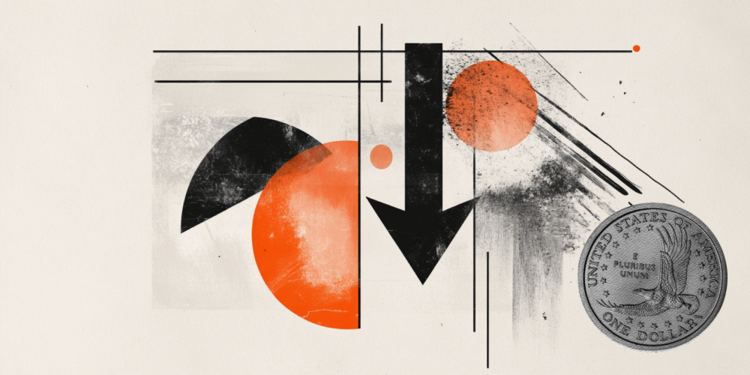- EUR/GBP gains ground as investor sentiment improves as Marine Le Pen’s National Rally leads the first round of legislative elections.
- Last week, ECB Governing Council member Olli Rehn hinted that the central bank could cut interest rates twice more in 2024.
- UK GDP (QoQ) posted a 0.7% expansion in the first quarter, marking its strongest growth in more than two years and tempering expectations of rate cuts.
EUR/GBP continues its uptrend for the third consecutive day, hovering around 0.8500 during the Asian session on Monday. The euro advances as investor sentiment improves amid the confirmation of Marine Le Pen’s National Rally as France’s main political force in the initial round of legislative elections, marking the highest turnout in three decades. Although Le Pen’s party secured a clear but not definitive victory, uncertainty prevails ahead of the second round of voting on July 7, France 24 reported.
Meanwhile, European Central Bank (ECB) Governing Council member Olli Rehn suggested last week that the central bank could cut interest rates twice more this year. Recent data showed France’s annual inflation rate was in line with expectations, slowing to 2.5%, while Spain’s rate fell to 3.5%, slightly above forecasts. By contrast, Italy’s inflation accelerated as anticipated to 0.9%. Additionally, German Consumer Price Index (CPI) data is scheduled for release on Monday.
In the United Kingdom (UK), the upcoming general election on Thursday may induce volatility in the EUR/GBP pair. According to the latest exit polls, the opposition Labour Party is anticipated to prevail over the Conservative Party led by UK Prime Minister Rishi Sunak.
UK GDP figures (QoQ) have been revised upwards, showing a 0.7% expansion in the first quarter, compared to 0.6% growth in the previous quarter. This marks the strongest growth in more than two years and has caused the UK 10-year Gilt yield to rise to 4.17%, tempering expectations of rate cuts.
Inflation FAQs
Inflation measures the rise in prices of a representative basket of goods and services. Headline inflation is usually expressed as a percentage change month-on-month and year-on-year. Core inflation excludes more volatile items such as food and fuel, which can fluctuate due to geopolitical and seasonal factors. Core inflation is the figure that economists focus on and is the target level for central banks, which are mandated to keep inflation at a manageable level, usually around 2%.
The Consumer Price Index (CPI) measures the variation in prices of a basket of goods and services over a period of time. It is usually expressed as a percentage of inter-monthly and inter-annual variation. Core CPI is the target of central banks as it excludes food and fuel volatility. When the underlying CPI exceeds 2%, interest rates usually rise, and vice versa when it falls below 2%. Since higher interest rates are positive for a currency, higher inflation usually translates into a stronger currency. The opposite occurs when inflation falls.
Although it may seem counterintuitive, high inflation in a country drives up the value of its currency and vice versa in the case of lower inflation. This is because the central bank will typically raise interest rates to combat higher inflation, attracting more global capital inflows from investors looking for a lucrative place to park their money.
Gold was once the go-to asset for investors during times of high inflation because it preserved its value, and while investors often continue to purchase gold for its safe haven properties during times of extreme market turmoil, this is not the case. most of the time. This is because when inflation is high, central banks raise interest rates to combat it. Higher interest rates are negative for Gold because they increase the opportunity cost of holding Gold versus an interest-bearing asset or placing money in a cash deposit account. On the contrary, lower inflation tends to be positive for Gold, as it reduces interest rates, making the shiny metal a more viable investment alternative.
Source: Fx Street
I am Joshua Winder, a senior-level journalist and editor at World Stock Market. I specialize in covering news related to the stock market and economic trends. With more than 8 years of experience in this field, I have become an expert in financial reporting.







